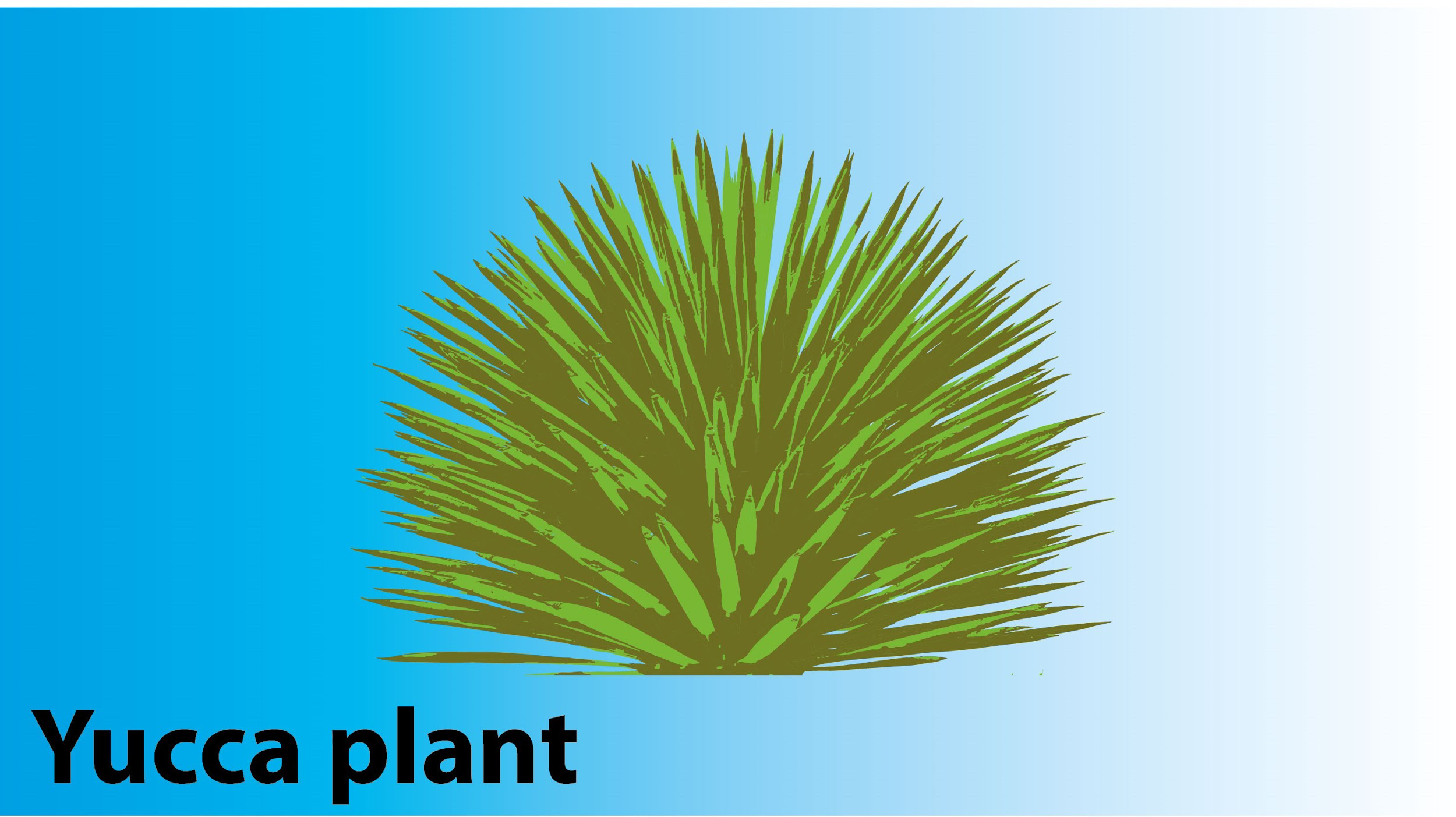
An example of monocots showing secondary growth in the stem is
(a)Lilium
(b)Cocos
(c)Asparagus
(d)Yucca
Answer
486.9k+ views
Hint: An exceptional group of monocotyledons having a cambial ring to produce secondary growth. It is the only plant among a few monocots that have the characteristic feature of developing secondary growth like dicots.
Complete answer:
Yucca is a perennial shrub and trees belonging to the family Asparagaceae. It is a monocot showing secondary growth in their stem. Their characteristic feature is the presence of a rosette of tough, evergreen leaves.
Additional Information:
-The family has around 40-50 species.
-Each species has an evergreen, sword-shaped rosette of leaves with white flowers arranged in large terminal panicles.
-These plants are generally found in hot and dry regions of America and the Caribbean.
-They are found in varieties of climatic conditions like from deserts to prairies and grasslands, mountains to coastal sands, etc.
-Yucca shows a specialized type of pollination called a mutualistic pollination system.
-In this pollination, both the plant and the insect (pollinator) get the benefit.
-The pollinator takes pollen from one plant to the stigma of another while the plant gives the insect a place to lay eggs and nourishment.
-They have ornamental importance and are also used as edible food.

So, the correct answer is ‘Yucca’.
Note: The secondary growth arises due to the cellular division of cambium and meristems. It causes stems and roots to thicken. It mostly occurs in dicot plants but absent in monocot plants except for Yucca and Dracaena and some storage roots like that of sweet potato, beetroots, etc. Dracaena belongs to the family Asparagaceae. It is a succulent shrub whose name is derived from the Greek word drakaina, meaning ‘female dragon’. The secondary thickening in their stem is called dracaenoid thickening.
Complete answer:
Yucca is a perennial shrub and trees belonging to the family Asparagaceae. It is a monocot showing secondary growth in their stem. Their characteristic feature is the presence of a rosette of tough, evergreen leaves.
Additional Information:
-The family has around 40-50 species.
-Each species has an evergreen, sword-shaped rosette of leaves with white flowers arranged in large terminal panicles.
-These plants are generally found in hot and dry regions of America and the Caribbean.
-They are found in varieties of climatic conditions like from deserts to prairies and grasslands, mountains to coastal sands, etc.
-Yucca shows a specialized type of pollination called a mutualistic pollination system.
-In this pollination, both the plant and the insect (pollinator) get the benefit.
-The pollinator takes pollen from one plant to the stigma of another while the plant gives the insect a place to lay eggs and nourishment.
-They have ornamental importance and are also used as edible food.

So, the correct answer is ‘Yucca’.
Note: The secondary growth arises due to the cellular division of cambium and meristems. It causes stems and roots to thicken. It mostly occurs in dicot plants but absent in monocot plants except for Yucca and Dracaena and some storage roots like that of sweet potato, beetroots, etc. Dracaena belongs to the family Asparagaceae. It is a succulent shrub whose name is derived from the Greek word drakaina, meaning ‘female dragon’. The secondary thickening in their stem is called dracaenoid thickening.
Recently Updated Pages
Master Class 9 General Knowledge: Engaging Questions & Answers for Success

Master Class 9 English: Engaging Questions & Answers for Success

Master Class 9 Science: Engaging Questions & Answers for Success

Master Class 9 Social Science: Engaging Questions & Answers for Success

Master Class 9 Maths: Engaging Questions & Answers for Success

Class 9 Question and Answer - Your Ultimate Solutions Guide

Trending doubts
What are the elders in Goa nostalgic about class 11 social science CBSE

Define least count of vernier callipers How do you class 11 physics CBSE

Write the differences between monocot plants and dicot class 11 biology CBSE

Which of the following is not a feature of the election class 11 social science CBSE

The mass of oxalic acid crystals H2C2O42H2O required class 11 chemistry CBSE

How many squares are there in a chess board A 1296 class 11 maths CBSE




